Smartwatch HS Code: Your Ultimate 2025 Classification Guide
The global market for smartwatches is not just booming; it’s a dynamic ecosystem of innovation, with devices like the Apple Watch, Samsung Galaxy Watch, and Garmin Fenix becoming indispensable companions for millions. Whether you’re a seasoned e-commerce entrepreneur importing a new line of wearables, a developer integrating cutting-edge payment systems, or simply curious about the intricate mechanics of global trade, one detail consistently proves critical: the HS code for your smartwatch. From my own experience navigating complex international supply chains, I’ve seen firsthand how a seemingly minor error in classification can lead to substantial delays, unexpected costs, and even severe penalties. This article aims to demystify this crucial aspect of international trade, arming you with the precise knowledge to ensure seamless cross-border movement for your smart devices.
What Exactly is an HS Code, and Why Does it Matter for My Smartwatch?
An HS (Harmonized System) code is far more than just a number; it’s the universal language of international trade. Developed and maintained by the World Customs Organization (WCO), this internationally standardized numerical classification system assigns a unique code to virtually every product traded across borders. For your smartwatch, or any product for that matter, its HS code is the linchpin for customs, duties, and overall trade compliance.
This six-digit global standard allows customs authorities in over 200 countries and economic territories to classify products consistently. Why is this consistency vital? Because it directly dictates a product’s duty rates, its eligibility for preferential trade agreements (like Free Trade Agreements), and even specific import/export regulations, including quotas, licensing requirements, and safety standards. Without the correct HS code, a shipment of state-of-the-art smartwatches could be held indefinitely at customs, accrue unexpected tariffs, or even face outright rejection. I once witnessed a small business incur thousands in demurrage fees because a new product line was misclassified, resulting in a three-week customs hold. This starkly illustrates the tangible impact of getting the HS code right from the outset.
How Do I Find the Right HS Code for a Smartwatch?
Finding the correct HS code for a smartwatch involves a careful application of the Harmonized System’s General Interpretive Rules (GIRs), primarily classifying it based on its core functionalities. Given their nature as advanced communication devices, smartwatches typically fall under Chapter 85 of the Harmonized System, which covers “Electrical machinery and equipment and parts thereof; sound recorders and reproducers, television image and sound recorders and reproducers, and parts and accessories of such articles.”
More specifically, smartwatches, due to their ability to transmit and receive data, make calls (via a paired smartphone or independently with eSIM), and connect to various wireless networks (Bluetooth, Wi-Fi, cellular LTE), are generally classified under heading 8517. This heading meticulously defines: “Telephone sets, including telephones for cellular networks or for other wireless networks; other apparatus for the transmission or reception of voice, images or other data, including apparatus for communication in a wired or wireless network (such as a local or wide area network).”
The most common HS code for a modern smartwatch, reflecting its capabilities, often begins with 8517.62. This subheading refers to “Other apparatus for the transmission or reception of voice, images or other data, including apparatus for communication in a wired or wireless network: – Other apparatus for transmission or reception, including switching apparatus.” The inclusion of “other data” and “wireless network” directly addresses the multi-faceted functionality of contemporary smartwatches, which go beyond simple timekeeping to include health monitoring, GPS, and app integration.
While the first six digits (8517.62) are globally standardized, individual countries often add further digits (up to 10 or 12) to create their national tariff codes, allowing for greater specificity and reflecting national trade policies. For example:
- In the United States, a common 10-digit HTS (Harmonized Tariff Schedule) code for smartwatches is often 8517.62.00.90, typically described as “Other apparatus for the transmission or reception of voice, images or other data.”
- In the European Union, a similar 8-digit or 10-digit TARIC (Integrated Tariff of the European Community) code will extend from the 8517.62 base, with specific national subdivisions varying among member states.
To pinpoint the exact, country-specific code for your particular smartwatch model and its destination, I strongly advise consulting:
- Official Government Customs Websites: These are your primary, authoritative sources. Examples include the US International Trade Commission (USITC) for the USA, the TARIC database for the EU, or the customs authority websites for your specific importing country.
- A Professional Customs Broker or Trade Consultant: For complex shipments or high-value goods, their expertise is invaluable. They are licensed professionals who specialize in tariff classification and customs compliance.
- The Manufacturer’s Documentation: Reputable manufacturers often provide suggested HS codes for their products, though it’s always prudent to verify these with your customs broker or official sources.
Are All Smartwatches Classified Under the Same HS Code?
While the vast majority of devices commonly referred to as “smartwatches” will indeed fall under the 8517.62 classification, it’s crucial to understand that the Harmonized System operates on the “primary function” rule. This means the classification hinges on what the device is *primarily* designed to do. My experience suggests that while most fit the 8517.62 mold, variations can exist, particularly at the margins.
For instance:
- Highly Specialized Medical Smartwatches: If a device’s *certified and primary* function is that of a medical diagnostic or therapeutic instrument (e.g., a dedicated, FDA-approved ECG monitor for clinical use with minimal “smart” communication features), it *might* be classified under Chapter 90 (Optical, photographic, cinematographic, measuring, checking, precision, medical or surgical instruments and apparatus; parts and accessories thereof). However, for consumer smartwatches that offer health features like ECG or blood oxygen monitoring *alongside* their primary communication and data processing roles, they are almost universally still classified under 8517.62. Customs authorities generally look for independent medical device certifications and a lack of significant general-purpose computing/communication features before considering Chapter 90.
- Basic Fitness Trackers: In the past, very basic fitness trackers that lacked screens, had no communication capabilities beyond simple Bluetooth syncing to a phone, and primarily just counted steps or monitored heart rate, *could* have potentially been classified differently, perhaps also under Chapter 90 as measuring instruments. However, this scenario is increasingly rare. Today’s “trackers” have evolved considerably, almost universally incorporating smart features like notification display, GPS, and even contactless payments, thereby pushing them firmly into the 8517.62 category.
The “primary function” rule, along with the WCO’s Explanatory Notes that provide detailed guidance for each heading, serves as the ultimate arbiter. If the device’s main role is to act as an extension of your smartphone, provide connectivity, process and transmit data, or offer app-based functionalities, 8517.62 is unequivocally the correct starting point for your smartwatch.
What Happens if I Use the Wrong Smartwatch HS Code?
The consequences of misclassifying your smartwatch shipment with an incorrect HS code can range from inconvenient to catastrophic. Based on years of handling trade compliance, I can attest that these aren’t merely theoretical risks; they are real, tangible threats to your business’s bottom line and reputation.
- Significant Delays: Customs authorities will hold misclassified goods for review. This can mean your shipment sits in a warehouse for days or weeks, delaying delivery to customers and impacting your inventory cycle.
- Hefty Fines and Penalties: Incorrect classification can lead to penalties, especially if customs determines it was a deliberate attempt to evade duties. These fines can sometimes exceed the value of the goods themselves.
- Unexpected Duties and Taxes: A different HS code often means a different duty rate. You might end up paying higher tariffs than anticipated, eroding your profit margins, or conversely, paying too little, leading to retrospective charges and penalties.
- Seizure of Goods: In severe cases, particularly if the misclassification is deemed fraudulent or if the product falls under prohibited categories for the incorrectly declared code, your entire shipment can be seized and confiscated.
- Damage to Business Reputation: Consistent customs issues can lead to your company being flagged for increased scrutiny, resulting in more frequent inspections and delays for future shipments. This can also damage your reputation with customers and supply chain partners.
- Legal Repercussions: Deliberate misclassification can sometimes lead to legal action and criminal charges, especially in cases of significant underpayment of duties or violation of trade regulations.
To mitigate these risks, exercising due diligence is paramount. Always double-check your HS codes, seek professional advice when in doubt, and maintain meticulous records of your classification decisions. This proactive approach not only ensures compliance but also fosters a smoother, more predictable international trade operation.
Conclusion: Precision in Classification for Seamless Smartwatch Trade
Understanding and correctly applying the HS code for your smartwatch is not a bureaucratic hurdle; it’s a fundamental pillar of successful international trade. As an expert who has navigated the complexities of global commerce for years, I cannot overstate the importance of this detail. Most modern smartwatches, with their advanced communication and data processing capabilities, are consistently classified under HS code 8517.62. While edge cases exist for highly specialized medical devices or ultra-basic trackers, the “primary function” rule remains your guiding principle.
By diligently verifying your codes with authoritative sources like government customs databases and experienced customs brokers, you can confidently navigate the global marketplace. This precision protects your shipments from costly delays, unexpected tariffs, and severe penalties, ensuring your innovative smartwatches reach their destination efficiently and compliantly. Investing time upfront in correct classification saves invaluable time, money, and reputation in the long run.
***
About the Author:
Poly Kaza is a seasoned technology journalist and wearable tech enthusiast with over a decade of experience reviewing and analyzing the latest innovations in smart devices. He has a deep understanding of the underlying technologies that power smartwatches and a passion for helping consumers make informed decisions about their digital companions. His work focuses on bridging the gap between complex technical specifications and practical user experience, with a keen eye on how wearables impact daily life and health.

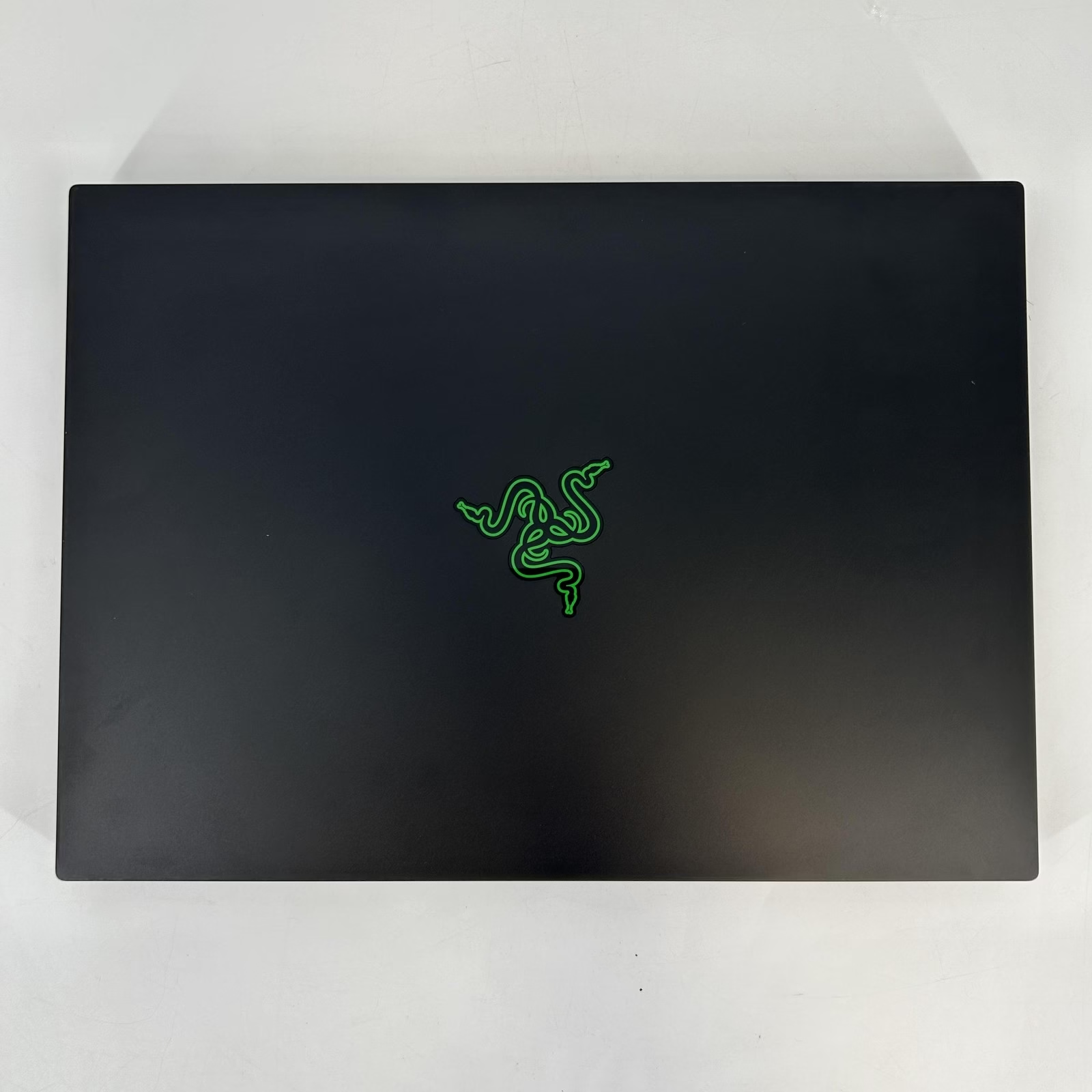
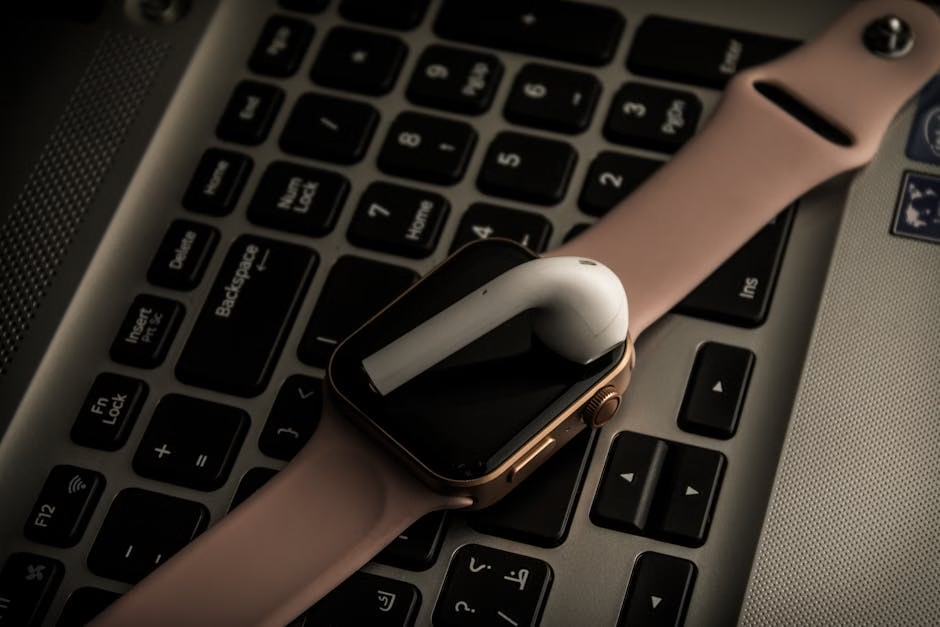
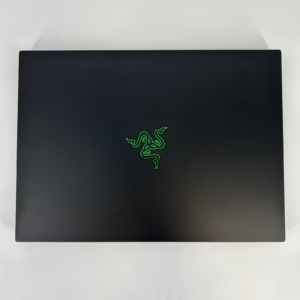

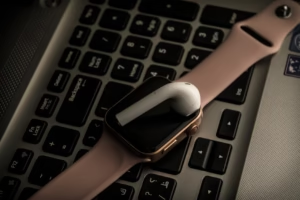

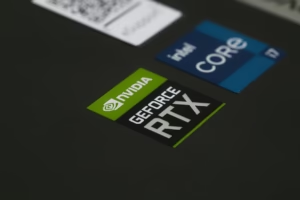

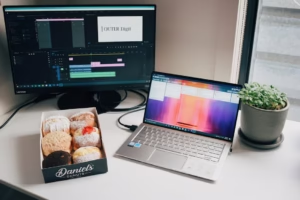



Post Comment